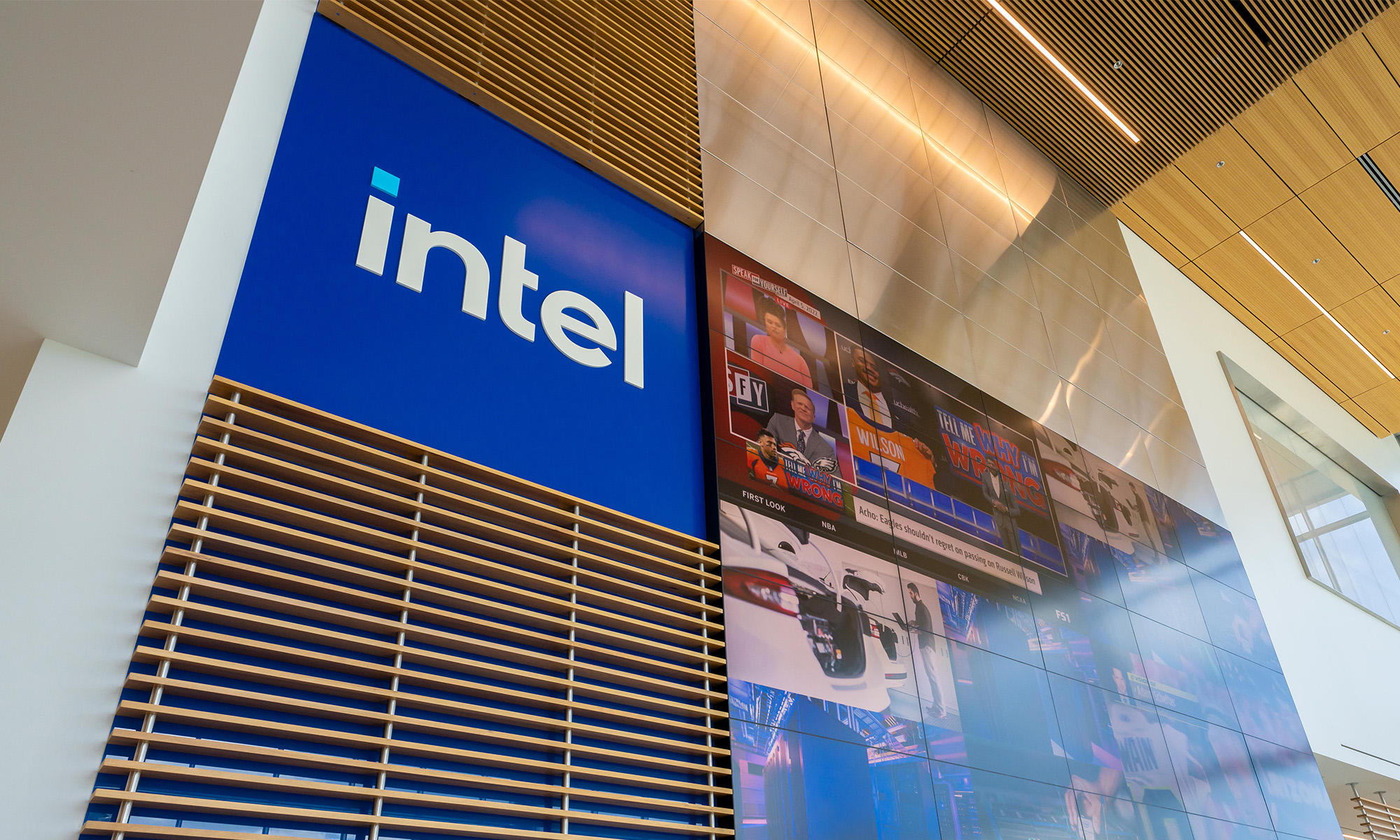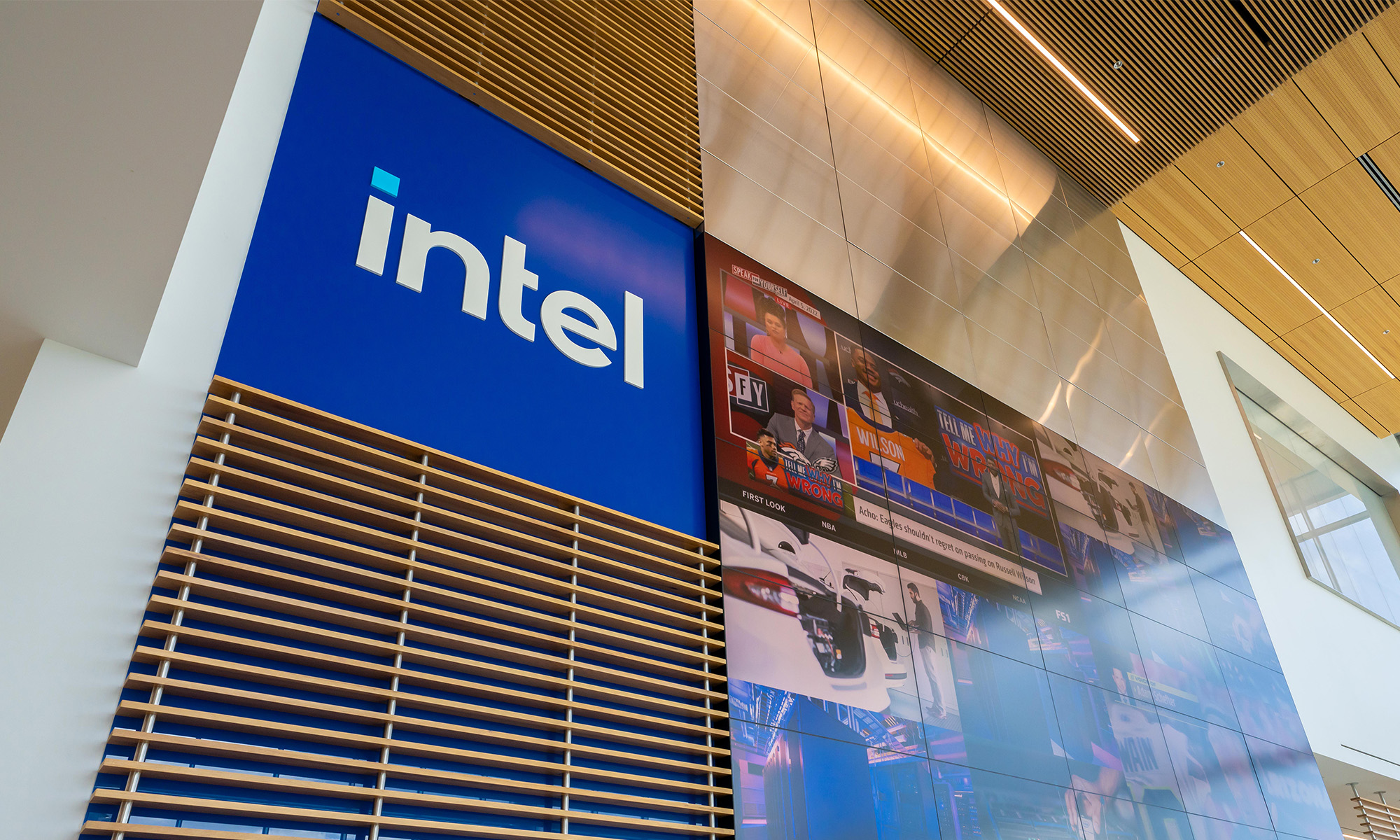Phone Arena points out that an Intel (INTC +1.52%)-powered Samsung (NASDAQOTH: SSNLF) tablet, referred to as "samsung CHOPIN-LTE" has popped up in the Geekbench 3 database. The tablet, running a 64-bit build of Google's Android 5.1 operating system, is seemingly powered by an Intel "Atom x5-Z8500" processor.
Phone Arena asks whether this could be the Samsung Galaxy Tab S2 -- which, according to the site, "is said to be powered by an unspecified, 64-bit processor." Let's explore that question in a little more depth.
Is this a faster chip than what's in the Galaxy Tab S?
The first "sanity check" that I'd like to perform is to see how the Atom x5-Z8500 compares with the processor inside of the previous generation Galaxy Tab S. According to AnandTech, the Atom x7-Z8700 -- a slightly faster chip than the Atom x5-Z8500 said to be in this new Samsung tablet -- is just shy of 64% faster than the Galaxy Tab S in 3D Mark 1.2 Unlimited. (There seems to be something funny going on with the physics score AnandTech obtained on the Atom x7-8700 -- it should be higher.)
The Atom x5-Z8500, then, seems like it should deliver significantly more performance than the chip inside of the prior generation Galaxy Tab S. This helps lend credibility to the idea that the tablet in question is the Galaxy Tab S2.
Why wouldn't Samsung use its own processors here?
Another question worth exploring is, "Why wouldn't Samsung use its own parts here?" The two Samsung-designed parts that would be most suitable for a Galaxy Tab S2 are the Exynos 5433, which first appeared in the international version of the Galaxy Note 4, and the Exynos 7420, which currently powers the Samsung Galaxy S6 smartphone.
I don't think Samsung built out too much 20-nanometer production capacity, and it is using what capacity it has there to build chips for the Note 4. My guess is that Samsung also has its hands full trying to produce enough 14-nanometer chips for the Galaxy S6.
Furthermore, with rumors suggesting that Samsung will build some of the chips inside of Apple's next iPhone, as well as new high-end phone chips for Qualcomm (QCOM +0.63%) on its 14-nanometer technology, it may simply not want to allocate valuable 14-nanometer wafers to a relatively low-volume and low-margin tablet product.
These factors might make Samsung more amenable to using third-party applications processors for the next Galaxy Tab S.
Why not Qualcomm, then?
The next question, then, is: "Why not just use a Qualcomm chip?" The currently available Qualcomm chip that would make the most sense here is the Snapdragon 810. The 810 has a built in high-end category 9 LTE-Advanced modem, ARM Cortex A57/A53 octa-core processor in big.LITTLE configuration, and Qualcomm-designed Adreno 430 graphics.
If we look at 3DMark Ice Storm Unlimited 1.2 benchmarks of the Snapdragon 810 and the Intel Atom x7-Z8700, we can see that the Snapdragon 810 performs significantly better than the Atom in the graphics subtest, but lags in the physics (CPU bound) subtest. While the Snapdragon 810 is a worthy contender for this spot in terms of performance, I suspect that Intel has a better cost structure with the Atom x5 -- Intel doesn't need to pay external foundry margins, for example -- and might be willing to sell the chip more cheaply than Qualcomm would want to sell a Snapdragon 810.
Will Intel be inside the Galaxy Tab S2? We'll see.
I don't think investors should assume, based on these Geekbench database entries, that Intel has "won" the Galaxy Tab S2. However, based on the analysis above, it's definitely plausible that Intel was able to win this spot with the Atom x5/x7, as these chips are competent tablet-oriented processors.







